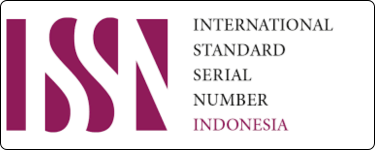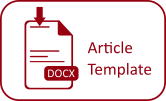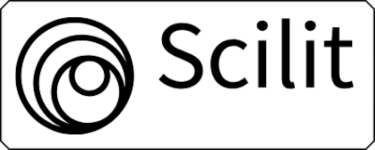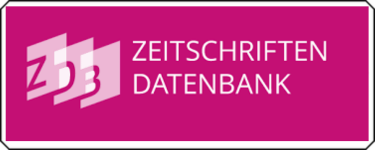Tragedi Terorisme di Indonesia sebagai Bentuk Evolusi Ancaman Keamanan Nasional Tahun 2000- 2010, Pendekatan Fenomenologi
Keywords:
Terrorism, Indonesia, Ali Imron, Al Qaeda, ISIS, takfiri, fasikuAbstract
This article aims to explore the tragedy of terrorism in Indonesia from 2000-2010 as a threat to the evolution of global security. This paper uses a qualitative paradigm with a phenomenological method. The secondary data source used data collection techniques by means of interview transcripts between Ali Imron and ILC TV One. The results obtained are, based on the narrative of Ali Imron, it is stated that the incidents of terrorism in Indonesia are affiliated with two terrorist organizations, namely Al Qaeda and ISIS. In general, the purpose of terrorist acts is because a) as a form of creating an Islamic State and can only be carried out by the method of jihad and b) the obligations of the Shari’a, namely as a mujahid which resulted in martyrdom. As for the actions that occurred from 2000-2010 for reasons a) jihad b) revenge. In addition, ideology is divided into takfiri and fasikun ideologies. Therefore, the solution must use a collaborative and coordinating method involving all stakeholders.
Downloads
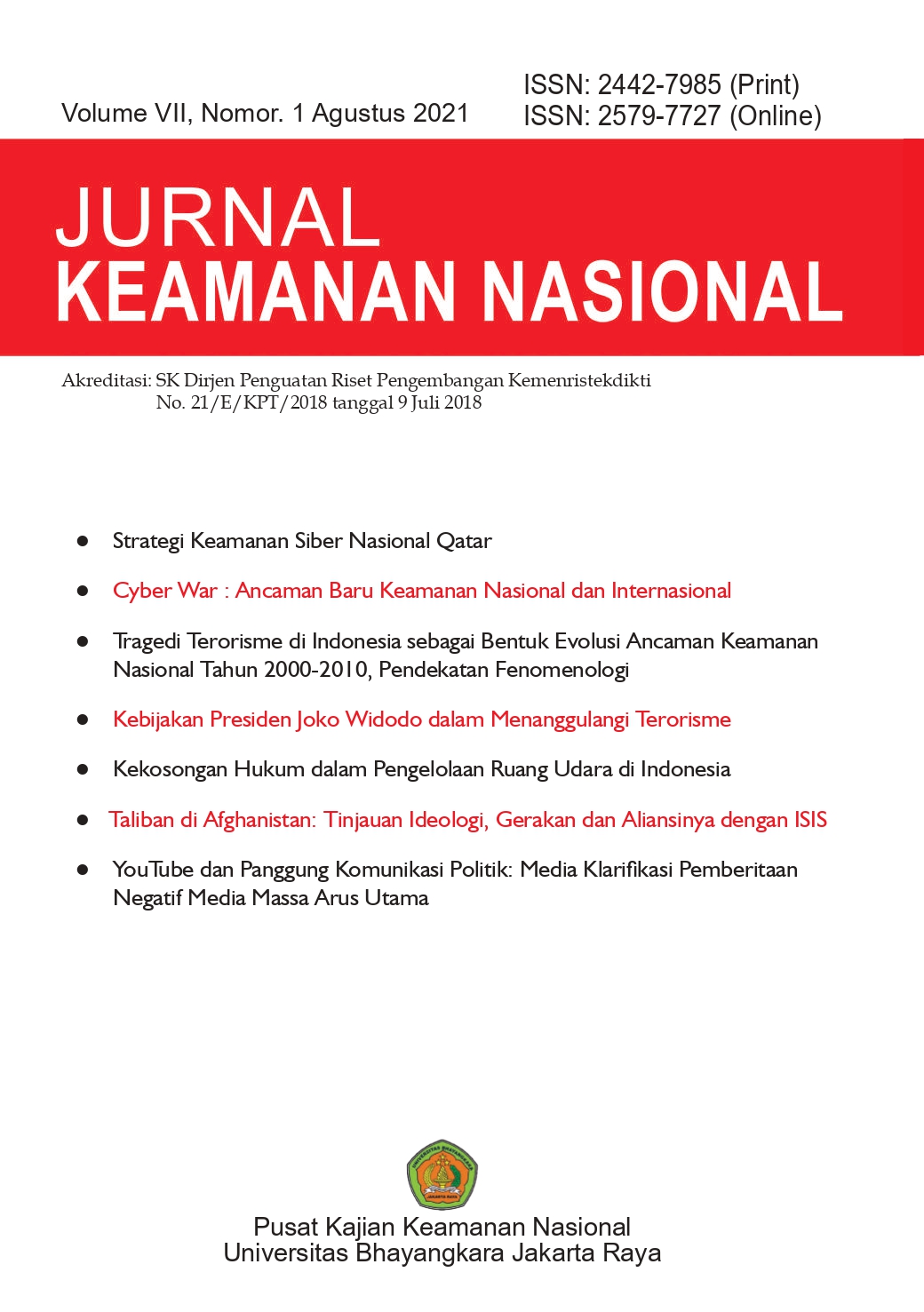
Downloads
Published
Issue
Section
License
Please read and understand the copyright terms for submissions to this journal.
Copyright Notice
The Jurnal Keamanan Nasional is under the Creative Commons Attribution 4.0 International (CC-BY 4.0) License, according to which:
1) Authors retain copyright and grant the journal the right to first publication, with the work simultaneously licensed under the Creative Commons Attribution (CC-BY 4.0) that allows the sharing of articles published with the acknowledgement of authorship and the initial publication in this journal.
2) The authors are authorized to make additional contracts separately for distribution of the version of the work published in this journal (for example, publication in an institutional repository or as a chapter of the book), as long as there is recognition of authorship and initial publication in this journal.
3) Authors are authorized and encouraged to publish and distribute their work online (for example, in institutional repositories or on their personal pages) at any time before or during the editorial process, as it increases the impact and reference of the published work.


